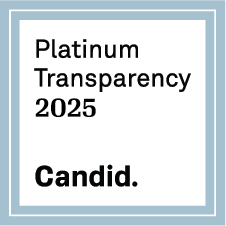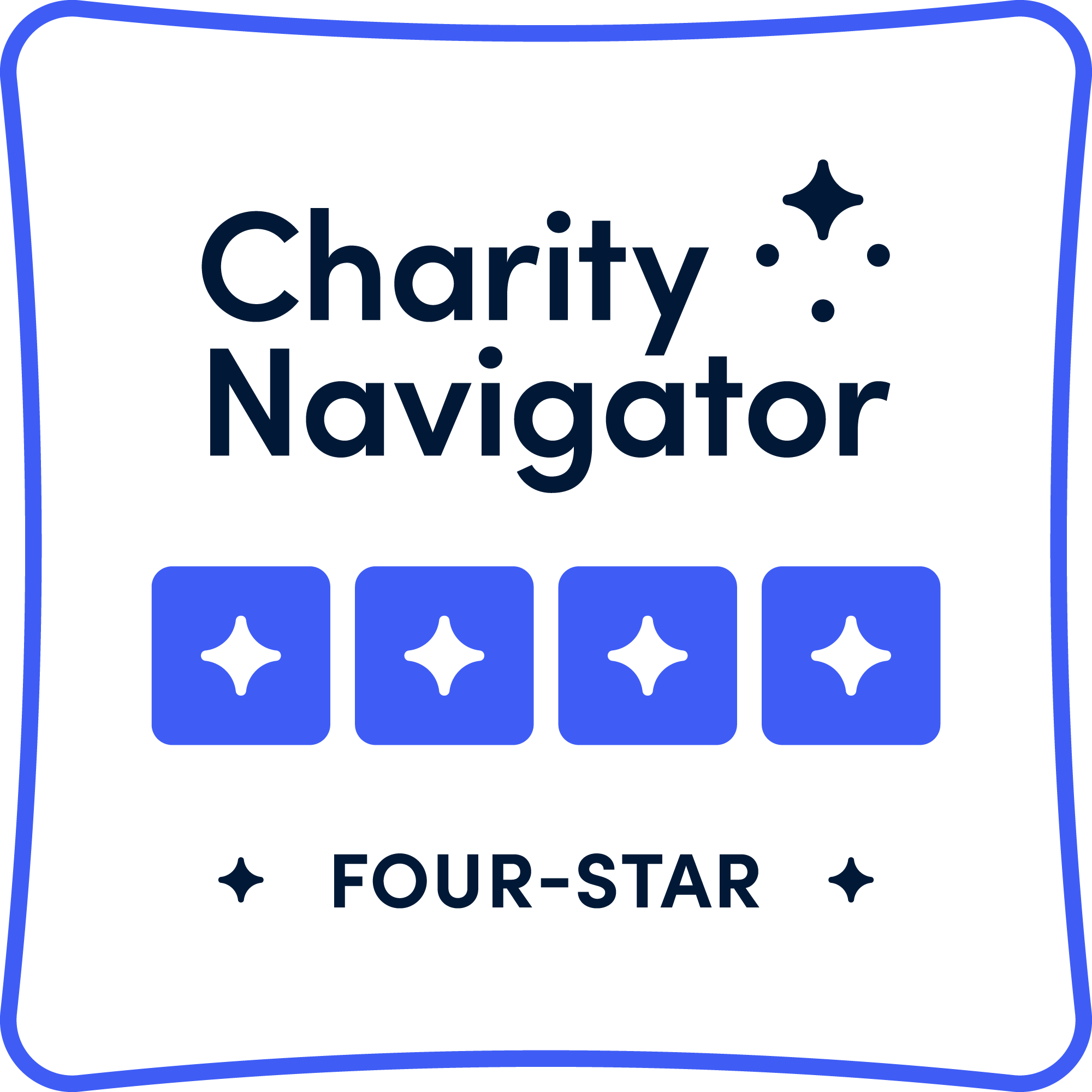New Medical Newsletter for Cure Blindness Project
A new bi-annual newsletter focused on medical innovations and firsts led by Cure Blindness Project and partners allow us another channel to share the groundbreaking advances we’re helping to lead in global ophthalmology.
A new bi-annual newsletter by Cure Blindness Project will share surgical firsts, training triumphs and alumni news, among other things. The inaugural issue will be sent in September. Those wanting to be added to the distribution list should sign up here.
The MD Newsletter provides a comprehensive overview and updates designed specifically for a medical audience but is available to all those interested in receiving. Articles on new procedures and treatments and written by partners give an insider-glimpse of what’s happening to advance global ophthalmology across sub-Saharan Africa and South Asia.
Cure Blindness Project thanks its partners for their thought leadership and commitment to continuing to find new ways to diagnose and treat illnesses that may cause blindness.
What To Expect
A recent visit to Tilganga Institute of Ophthalmology (TIO) by Dr. Eric Hanson (Moran Eye Center, UTAH) allowed for the transfer of skills to several TIO surgeons to perform retinal biopsies. Prior to Dr. Hanson’s visit, TIO surgeons were unable to do retinal or choroidal biopsies to test for cancer. Field notes submitted by Dr. Purnima Sthapit (TIO) describe the two cases and biopsy results.
Dr. Rebecca Getachew (Menelik II Hospital) writes of treatment for an advanced recurrent ocular tumor, a first in Ethiopia. Her article gives detailed notes with a timeline for how surgeons treated and monitored the condition, as well as follow-up care.

Cure Blindness Project-supported efforts led to the first locally-prepared wet amniotic membrane graft (AMG) in Ghana. The procedure allowed surgeons to treat 7-month-old Muniratu Nuhu who was born with a large conjunctival mass on her left eye. AMDs are used to cover large areas of corneal and conjunctival epithelial defects.
New research grants will continue to advance thought leadership in the global ophthalmology space. Several led by Dr. Arthur Brant (Stanford University) will explore the question of how to address sickle cell retinopathy, a leading cause of blindness in Ghana.
A LIVE Classroom report card will share recent training successes with current residents as they work towards growing proficiency in ocular oncology, retina, cornea, glaucoma and pediatric ophthalmology (among other areas). The MD newsletter will also feature trainer and fellowship profiles, alumni news and awards. Alumni are encouraged to submit news and award details for future issues to [email protected].
As a thought leader in global ophthalmology, Cure Blindness Project will continue to innovate to provide the highest quality of treatment and expand the skills of surgeons by creating opportunities for them to increase and elevate their skills. We are thankful for the partnership of top-in-class trainers who volunteer their time and talents to make this happen. Together, we’re helping to move countries closer to self-sustaining systems of eye care.






